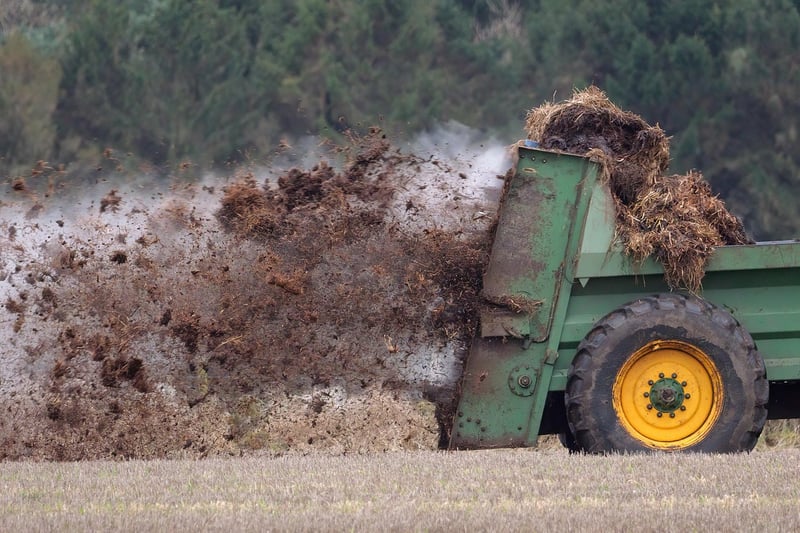Fertilizing Methods
Guidance on Nurturing Plants and Fertilizing Methods
Nurturing Plants
Plants require care and attention to thrive. Here are some essential tips for nurturing your plants:
1. Watering
Ensure your plants receive adequate water, but be cautious not to overwater them as it can lead to root rot. Different plants have varying watering needs, so it's essential to research the specific requirements of each plant.
2. Sunlight
Most plants need sunlight to photosynthesize and grow. Be sure to place your plants in locations where they can receive the appropriate amount of sunlight based on their species.
3. Pruning
Regular pruning helps plants maintain their shape, promotes growth, and removes dead or damaged parts. Use clean, sharp tools to prevent damage to the plant.
4. Soil Quality
Ensure your plants are in well-draining soil suitable for their specific needs. Consider repotting plants if the soil becomes compacted or depleted of nutrients.
Fertilizing Methods
Fertilizing provides plants with essential nutrients for healthy growth. Here are some common fertilizing methods:
1. Organic Fertilizers
Organic fertilizers, such as compost or manure, are derived from natural sources. They provide a slow release of nutrients and improve soil structure.

2. Synthetic Fertilizers
Synthetic fertilizers are chemical-based and provide a quick nutrient boost to plants. However, they can lead to nutrient imbalances if overused.

3. Foliar Feeding
Foliar feeding involves applying liquid fertilizer directly to the leaves of plants. This method allows for faster nutrient absorption.
By following these tips on nurturing plants and employing suitable fertilizing methods, you can help your plants thrive and flourish in your garden or indoor space.
